
Engineer Manager Name: Jacky
WhatsApp/ Wechat: 0086-187 9245 6795
Email: mh_elec@126.com or jacky@mh-elec.com
In the realm of modern technology, terms like "infrared camera" and "thermal camera" are often used interchangeably, leading to confusion about their precise functionalities and applications. Delving into the intricacies of these devices reveals distinct characteristics and purposes. Let's elucidate the disparity between an infrared camera and a thermal camera.
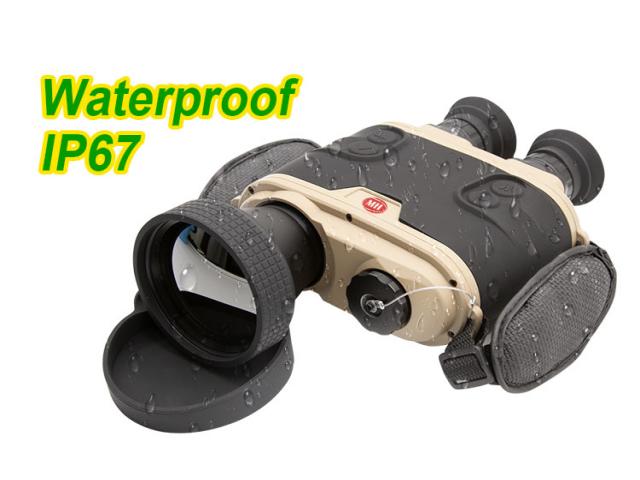
Understanding Infrared Cameras:
Infrared cameras, also known as IR cameras or IR image, operate within the infrared spectrum of light. They capture infrared radiation emitted by objects, which is invisible to the human eye. In essence, infrared cameras detect heat signatures and convert them into visible images.
Key Features of Infrared Cameras:
1. Temperature Mapping: Infrared cameras excel in temperature mapping, providing valuable insights into temperature distribution across surfaces. This capability is particularly beneficial in various industries, including building diagnostics, electrical inspections, and mechanical troubleshooting.

2. Non-Destructive Testing: By detecting anomalies in temperature, infrared cameras facilitate non-destructive testing of materials and components. This enables early detection of potential faults or inefficiencies, leading to preventive maintenance and cost savings.
3. Night Vision: Leveraging the heat emitted by objects, infrared cameras offer effective night vision capabilities. This makes them indispensable tools for surveillance, security, and law enforcement agencies, enhancing situational awareness in low-light conditions.
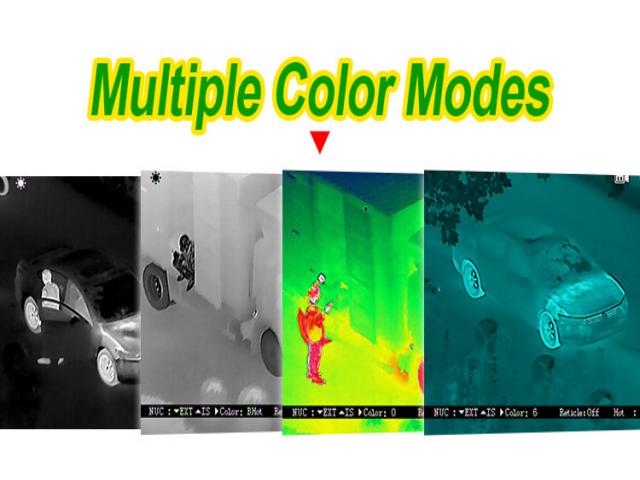
Unveiling Thermal Cameras:
Thermal cameras, also referred to as thermal imaging cameras or thermographic cameras, are a specialized subset of infrared cameras. They focus specifically on capturing thermal radiation emitted by objects to create visual representations known as thermograms or thermal images.
Distinctive Attributes of Thermal Cameras:
1. Quantitative Temperature Measurement: Unlike conventional infrared cameras, thermal cameras provide quantitative temperature measurements of objects within the scene. This enables precise analysis of thermal gradients and variations, crucial for research, industrial processes, and medical diagnostics.
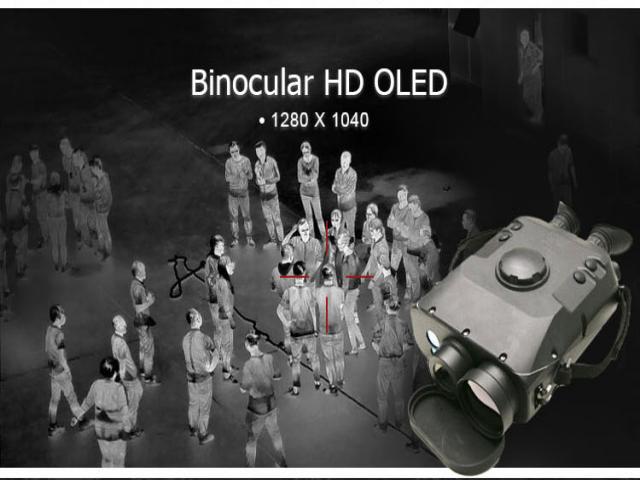
2. High Sensitivity and Resolution: Thermal cameras exhibit high sensitivity and resolution, allowing for detailed thermal imaging even in challenging environments. This makes them indispensable in fields such as aerospace, automotive, and agriculture, where minute temperature differentials can signify critical issues.
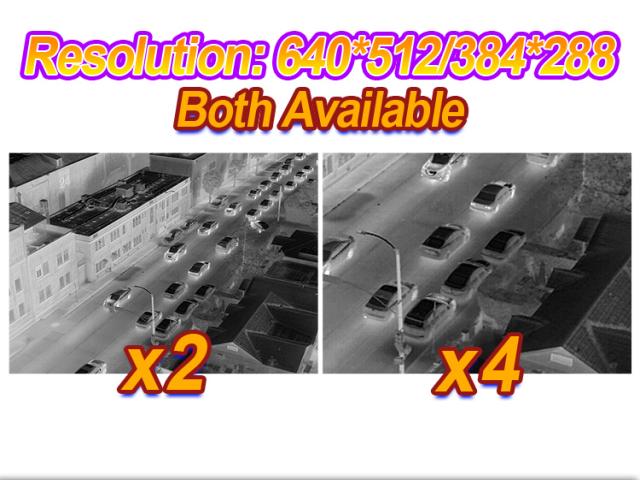
3. **Advanced Analysis Tools:** Thermal cameras often come equipped with advanced analysis tools, including temperature alarms, and image enhancement features. These functionalities enhance their versatility and usability across diverse applications, from predictive maintenance to scientific research.
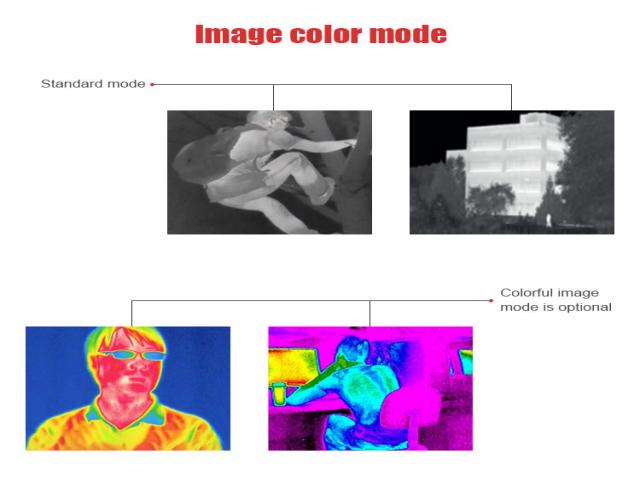
In concluded, while infrared cameras and thermal cameras both operate within the infrared spectrum, they serve distinct purposes and offer unique capabilities. Infrared cameras primarily focus on visualizing heat signatures for qualitative assessment, whereas thermal cameras provide quantitative temperature data and sophisticated analysis tools. Understanding the disparity between these devices is essential for selecting the most suitable solution for specific applications, thereby optimizing efficiency, accuracy, and reliability in various fields.
Engineer Manager Name: Jacky
WhatsApp/ Wechat: 0086-187 9245 6795
Email: mh_elec@126.com or jacky@mh-elec.com
